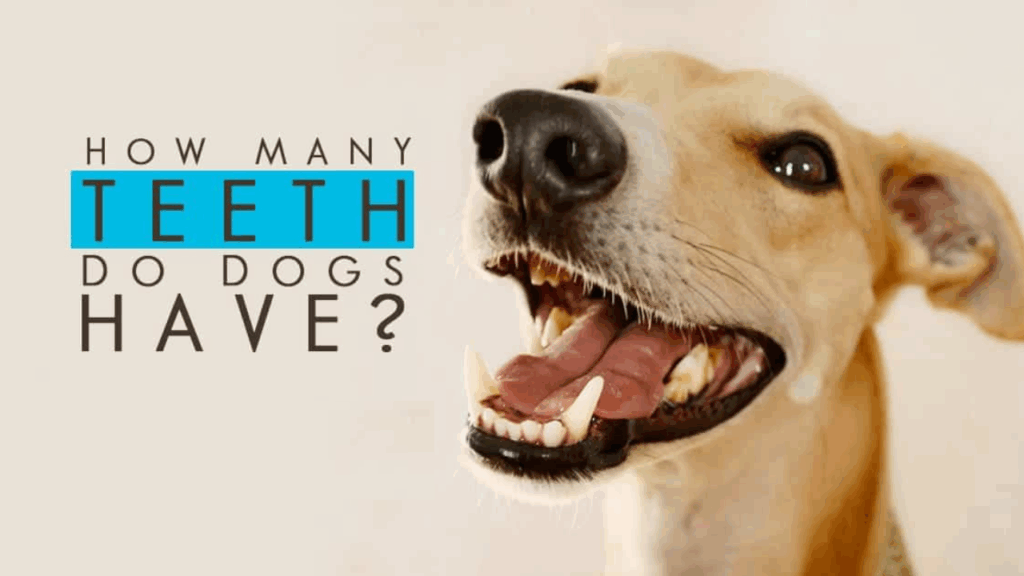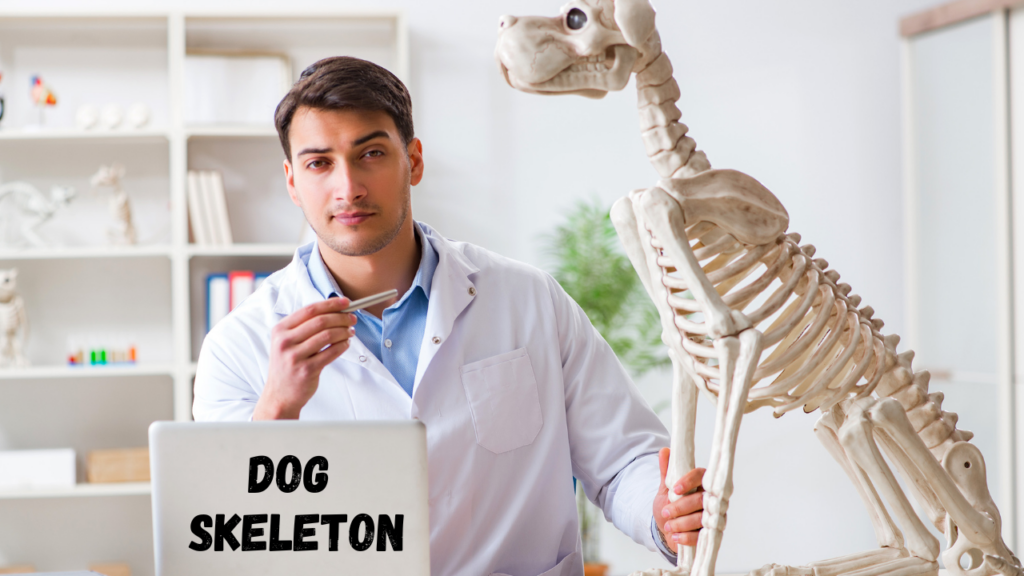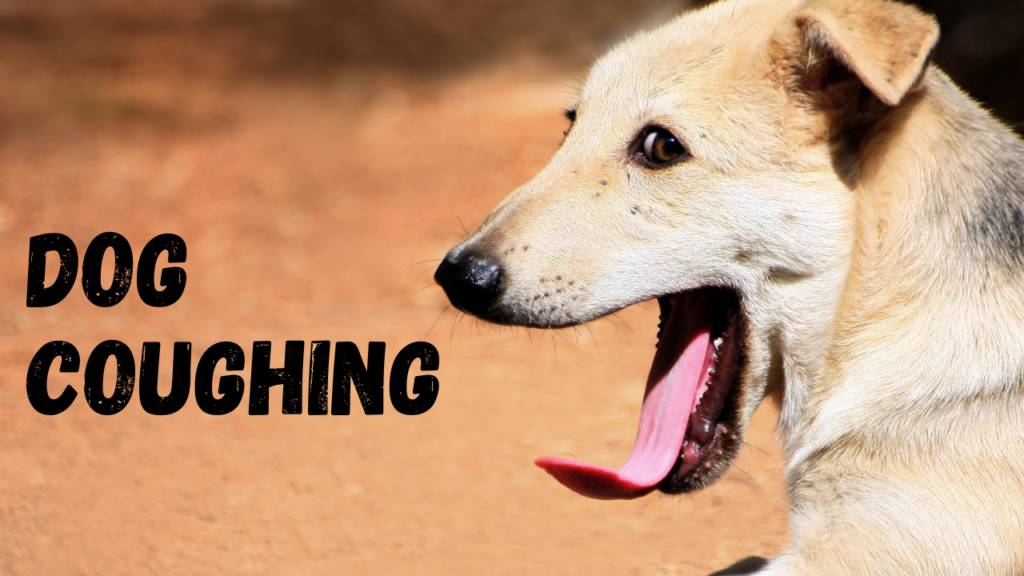Dogs are known for their wagging tails, playful nature, and toothy grins. But how much do you really know about those teeth behind the smile? From chewing toys to crunching kibble, a dog’s teeth play a vital role in their health and daily life. One common question dog owners ask is: how many teeth do dogs have?
In this article, we’ll break down everything you need to know about dog teeth—how many they have as puppies and adults, how they develop, and how to keep them clean and healthy.
How Many Teeth Do Dogs Have?
Puppy Teeth (Deciduous Teeth)
Just like human babies, puppies are born without teeth. Their first set of teeth, called deciduous teeth or “milk teeth,” start to emerge at about 3 to 4 weeks of age.
- Total puppy teeth: 28 teeth
- These are smaller, sharper, and not meant to last long.
Puppies have:
- 12 incisors (6 upper, 6 lower)
- 4 canines (2 upper, 2 lower)
- 12 premolars (6 upper, 6 lower)
- No molars – molars appear only in adult dogs
These milk teeth help puppies chew soft food and explore the world. When thinking about Teeth Do Dogs Have, it’s important to know that by the time puppies are 6 to 7 months old, they will lose these teeth as their permanent adult teeth come in.
READ MORE: The Best Joint Supplement for Dogs
Adult Dog Teeth (Permanent Teeth)
When a dog’s permanent teeth finish coming in, typically by 6–7 months of age, they have a total of:
- 42 teeth
Here’s the breakdown:
- 12 incisors (front teeth for nibbling)
- 4 canines (sharp fang-like teeth for tearing)
- 16 premolars (for grinding and tearing)
- 10 molars (used for grinding food)
Upper jaw: 20 teeth
Lower jaw: 22 teeth
Unlike humans who have 32 adult teeth, dogs have more teeth because of their natural diet and chewing habits developed through evolution. When considering Teeth Do Dogs Have, their teeth are specially adapted for hunting, tearing meat, and grinding bones and plant material.
Timeline of Dog Tooth Development
| Age | Teeth Development |
| 2–4 weeks | Baby teeth begin to emerge |
| 6–8 weeks | Full set of 28 puppy teeth |
| 12–16 weeks | Baby teeth start falling out |
| 6–7 months | 42 adult teeth fully developed |
During the teething period, your puppy may chew excessively or show discomfort. Providing soft chew toys can help soothe sore gums.
The Role of Different Dog Teeth
Each type of tooth in a dog’s mouth serves a different purpose:
1. Incisors (12 total)
- Located at the front of the mouth
- Used for grooming, nibbling, and picking up small objects
- Help scrape meat from bones
2. Canines (4 total)
- The long, pointed teeth next to the incisors
- Used for gripping, puncturing, and tearing
- Also serve a defensive purpose
3. Premolars (16 total)
- Located behind the canines
- Used for shearing and slicing food
- Essential in crunching kibble and bones
4. Molars (10 total)
- Found at the very back of the mouth
- Used for grinding and chewing harder substances
Common Dental Issues in Dogs
Dental problems are extremely common in dogs, especially as they age. When thinking about Teeth Do Dogs Have, it’s important to note that according to veterinarians, 80% of dogs show signs of dental disease by age 3.
Common Problems:
- Periodontal disease (gum infection and tooth loss)
- Tooth fractures
- Tartar and plaque buildup
- Gingivitis
- Retained baby teeth (often in small breeds)
- Oral tumors or cysts
Signs of Dental Trouble:
- Bad breath
- Drooling or bleeding gums
- Yellow or brown buildup on teeth
- Difficulty eating
- Pawing at the mouth
- Loose or missing teeth
If you notice any of these symptoms, consult a veterinarian for a dental exam.
Dental Care Tips for Dogs
Taking care of your dog’s Teeth Do Dogs Have isn’t just about fresh breath—it can extend their life and prevent pain and costly vet visits.
1. Brush Your Dog’s Teeth
Aim for 2–3 times per week, if not daily. Use dog-specific toothpaste (never human toothpaste—it contains xylitol, which is toxic to dogs).
2. Provide Dental Chews or Toys
Choose vet-approved dental treats or tough rubber toys that help scrape off plaque while chewing.
3. Healthy Diet
Feeding a high-quality diet with some dry kibble can help reduce plaque buildup compared to an all-soft diet.
4. Regular Vet Cleanings
Your vet may recommend professional cleanings under anesthesia, especially for older dogs or breeds prone to dental issues.
5. Check Your Dog’s Teeth Regularly
Lift the lips and examine the teeth and gums for signs of tartar, redness, or swelling.
Breeds Prone to Dental Problems
Some dog breeds are more susceptible to dental diseases due to their mouth structure, size, or genetics:
- Small breeds like Chihuahuas, Yorkies, and Pomeranians often have crowded teeth and retained baby teeth.
- Brachycephalic breeds (short-nosed), such as Bulldogs and Pugs, have compact jaws that make cleaning harder.
- Toy breeds often have shallow roots, making their teeth less secure.
For these dogs, dental care is especially important and may require more frequent brushing and checkups.
What If a Dog Has Missing Teeth?
It’s not uncommon for older dogs to lose teeth due to injury or dental disease. Most dogs can still eat comfortably even with a few missing teeth, especially if they are molars or premolars.
However, if your dog is missing many teeth, your vet may recommend a soft food diet or dental implants in rare cases. Keeping the remaining teeth healthy is essential.
Fun Facts About Dog Teeth
- Puppies don’t get molars—only adults have them!
- Dogs use their front teeth to groom themselves and even remove burrs from fur.
- Wild dogs and wolves use the same number and structure of teeth for hunting and survival.
- Dogs don’t naturally get cavities as often as humans due to lower sugar content in their diet—but they can still get serious gum infections if teeth aren’t cared for.
Conclusion
Dogs are born with 28 puppy teeth, which are eventually replaced by a full set of 42 adult teeth by the time they’re around 6 to 7 months old. When considering Teeth Do Dogs Have, each type of tooth has a specific function, from tearing meat to grinding kibble, and all of them need proper care to stay healthy.
By understanding how many teeth dogs have, the purpose of each type, and how to take care of them, you’re setting your furry friend up for a longer, healthier life. Regular brushing, vet visits, and a good diet will go a long way in keeping those pearly whites in great shape.

Andy Parker is a dog lover, writer, and senior editor at BarkPicks. With years of experience covering canine health, training, and gear, he helps pet parents make smarter choices for happier, healthier dogs. Andy shares his home (and heart) with two rescue pups, Charlie and Mia.



